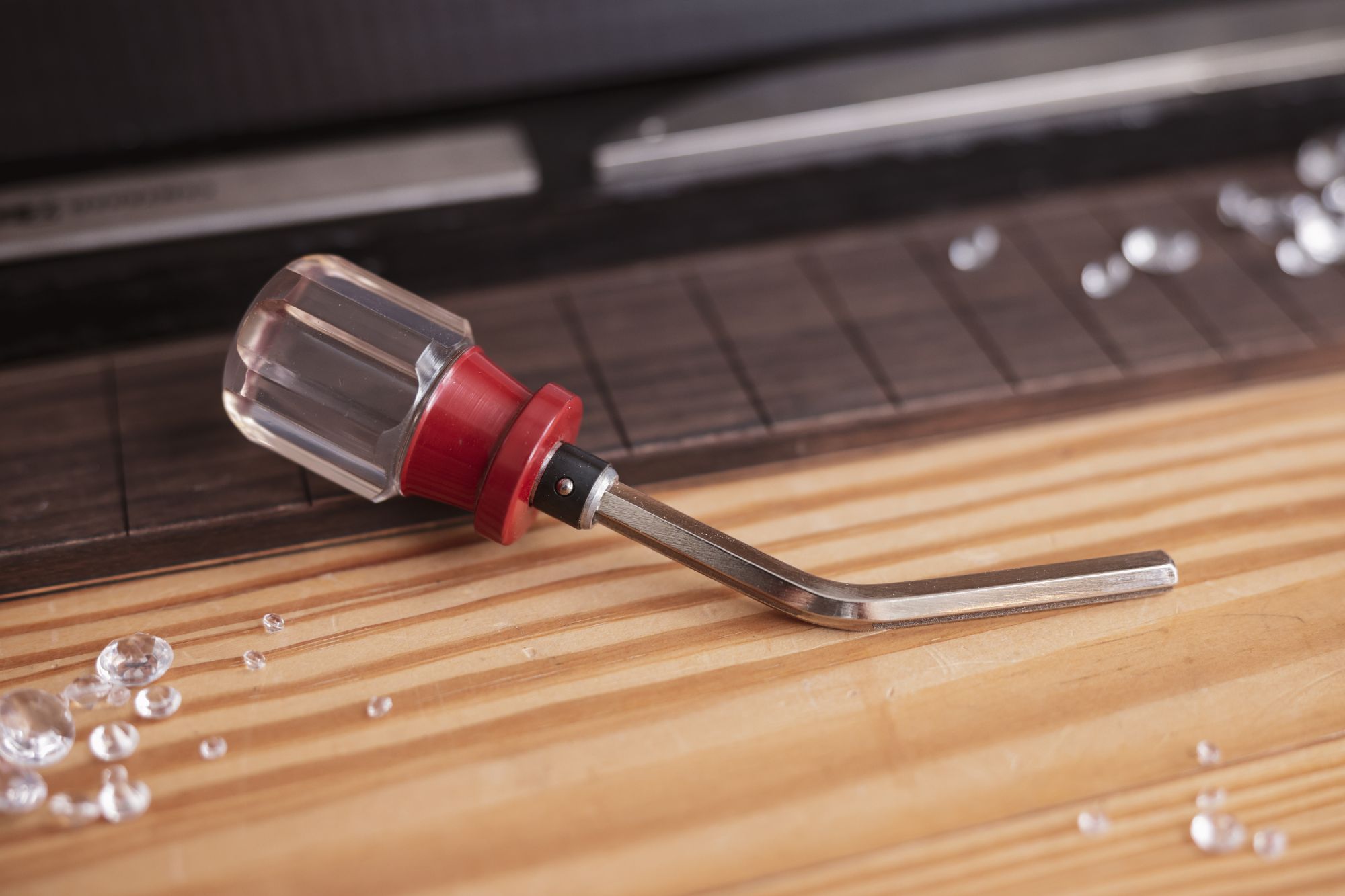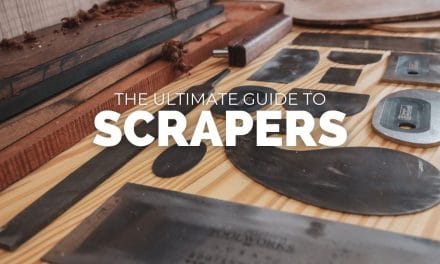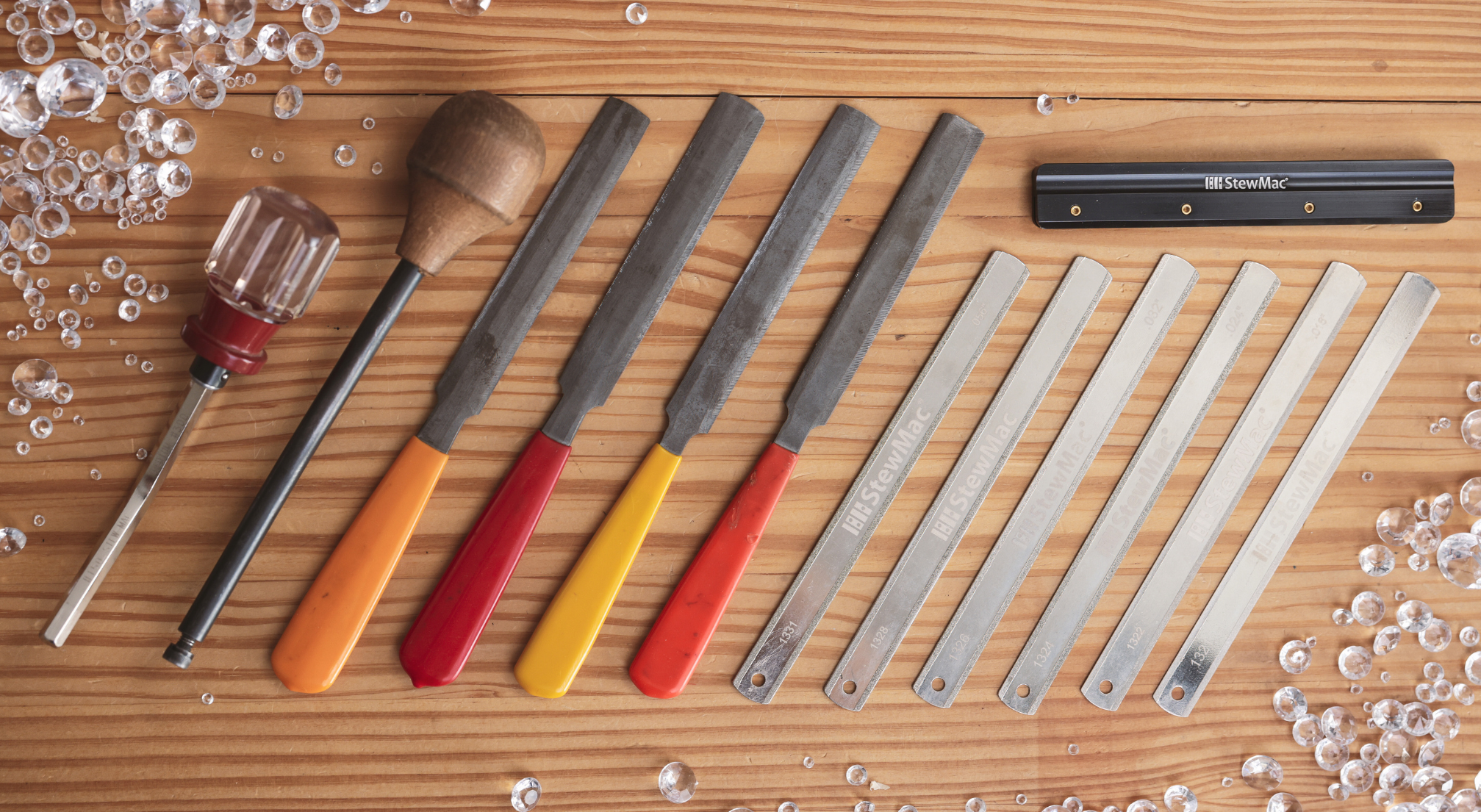
When it comes to guitar building, the tools you choose can make all the difference—not just in the quality of your work but also in how enjoyable the process feels.
Over the last 26+ years, I’ve experimented with countless tools for tasks like fret crowning and nut slot filing, and one thing has become clear to me:
Diamond files outperform traditional files in almost every way.
In this article, I’ll share my experiences and insights on why these tools have become my go-to favorites. You’ll get a clear sense of how they can improve your work and whether they’re the right upgrade for your luthier tool kit—now or down the road.
Table Of Contents
What Are Diamond Files?
Diamond files are exactly what they sound like: tools coated with fine diamond particles bonded to a metal surface (see the image below). Unlike traditional files, which rely on toothed edges to cut, diamond-coated tools use the hardness of diamond grit to grind away material smoothly and efficiently.
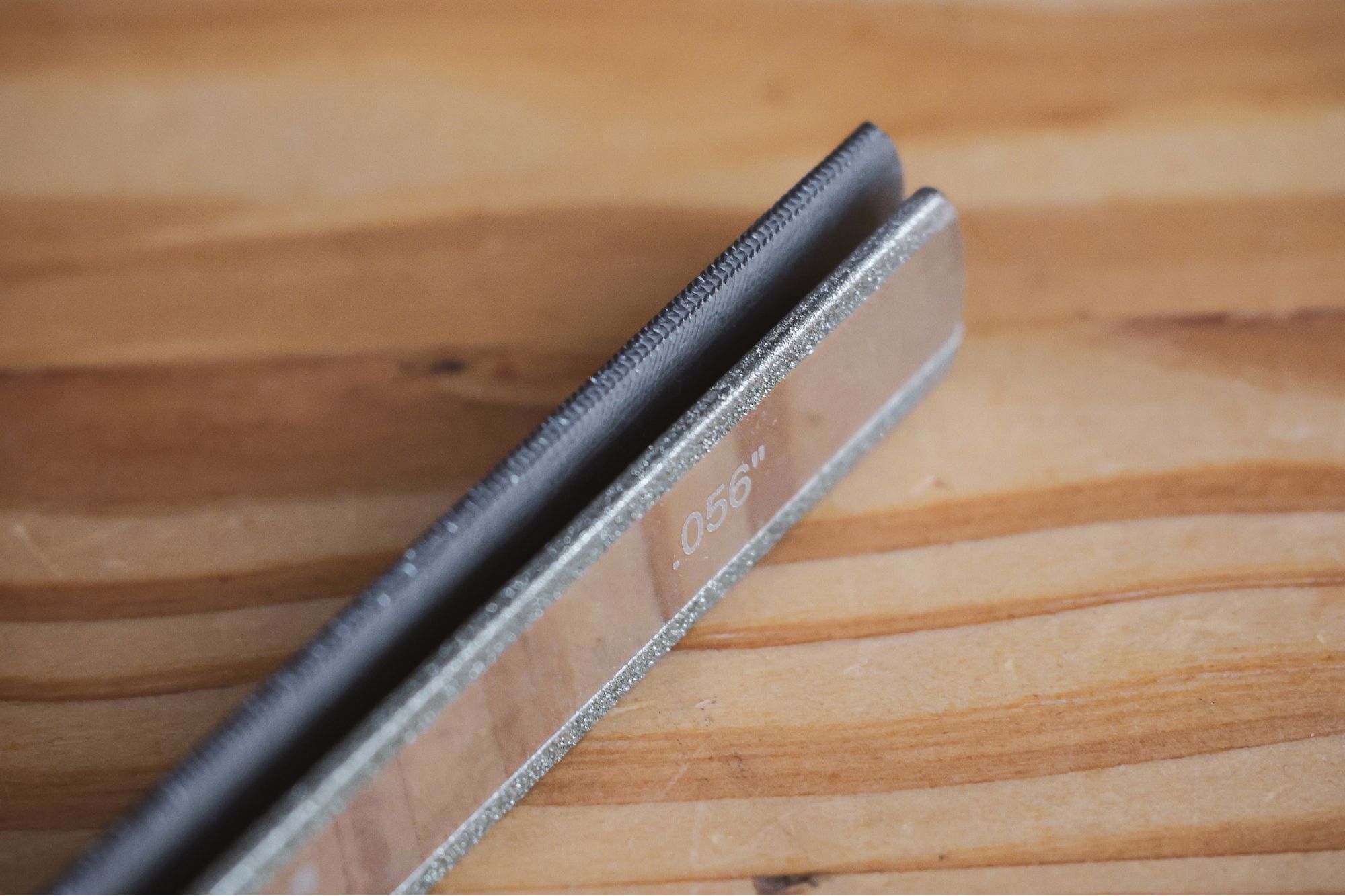
This design difference leads to several performance advantages that can elevate your guitar-building work, especially when it comes to fretwork and nut slotting.
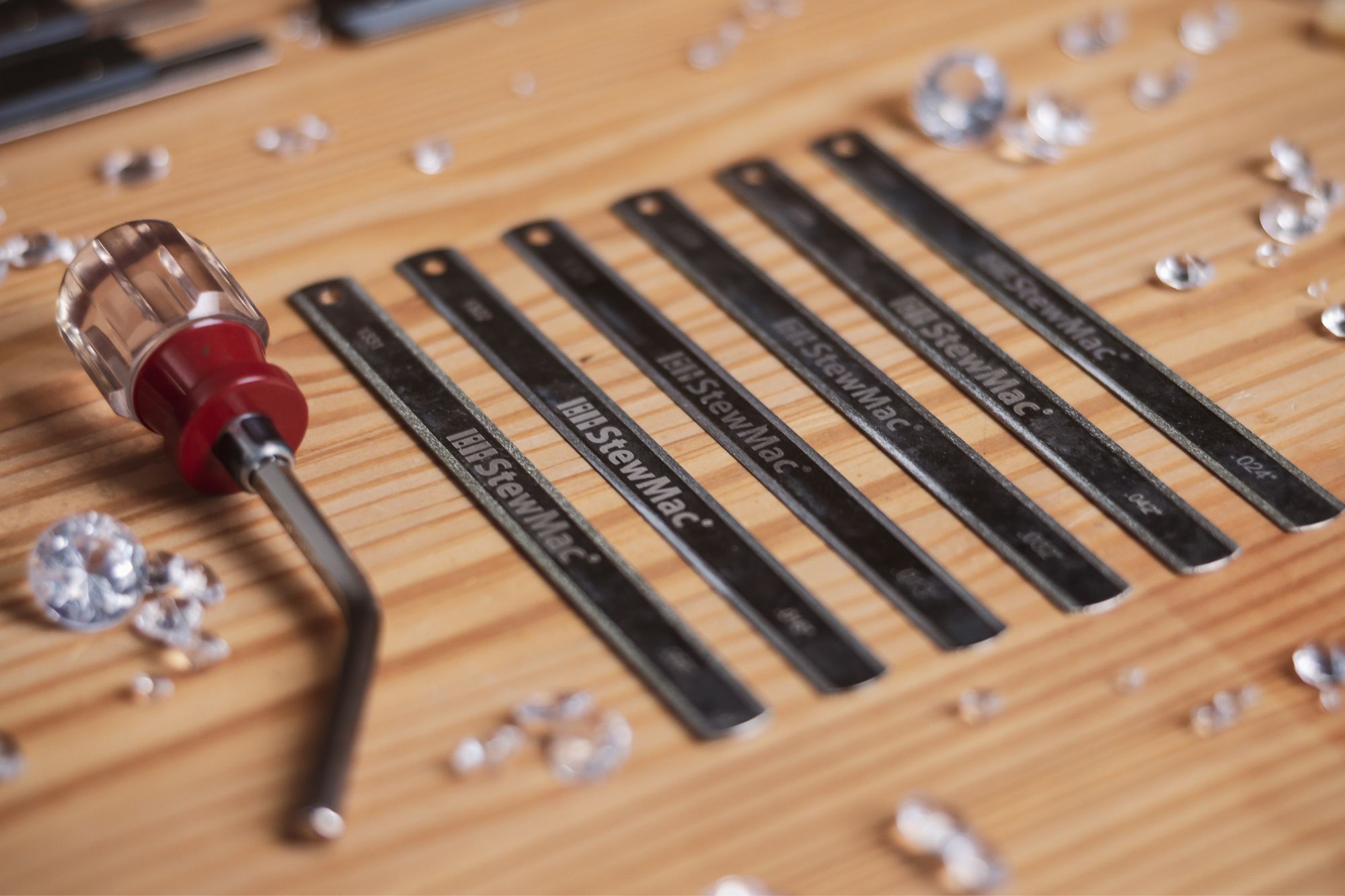
Diamond Files vs. Traditional Files for Fretwork & Nut Slotting
1. Fewer Scratches to Remove Later
One of the biggest drawbacks of traditional files is the deep tooth marks and chatter they leave on the fret surface or in the nut slots. This not only adds extra time to smooth out imperfections but can also compromise the accuracy of your crowning or slotting.
Diamond files, on the other hand, produce a much smoother finish right from the start. Some even feature multiple grits to bridge the gap between crowning and polishing, streamlining the process and making it faster and more efficient. With their uniform abrasive action, there’s far less cleanup required afterward—saving you both time and effort while achieving more precise results.
2. More Rounded, Consistent Fret Crowning & Nut Slot Shapes
Traditional files can make it challenging to achieve perfectly smooth, rounded shapes in nut slots and fret crowns due to manufacturing limitations on small, curved cutting surfaces. This often results in slightly angular or uneven edges, which can impact string stability, tuning, and overall playability—creating extra work for you as a luthier.
Diamond-coated tools, however, offer a distinct advantage. Their precisely shaped cutting surfaces, coated with evenly distributed abrasives, make it easy to create consistently rounded nut slots that provide better string support, reduce friction, and help maintain tuning stability and tonal consistency. When crowning frets, diamond files produce a more accurate and even radius, improving intonation and minimizing the need for further refinement—saving you time and effort in the long run.
See the image below for a side-by-side nut slot comparison:
The Diamond File on the Left | The Traditional File on the Right.
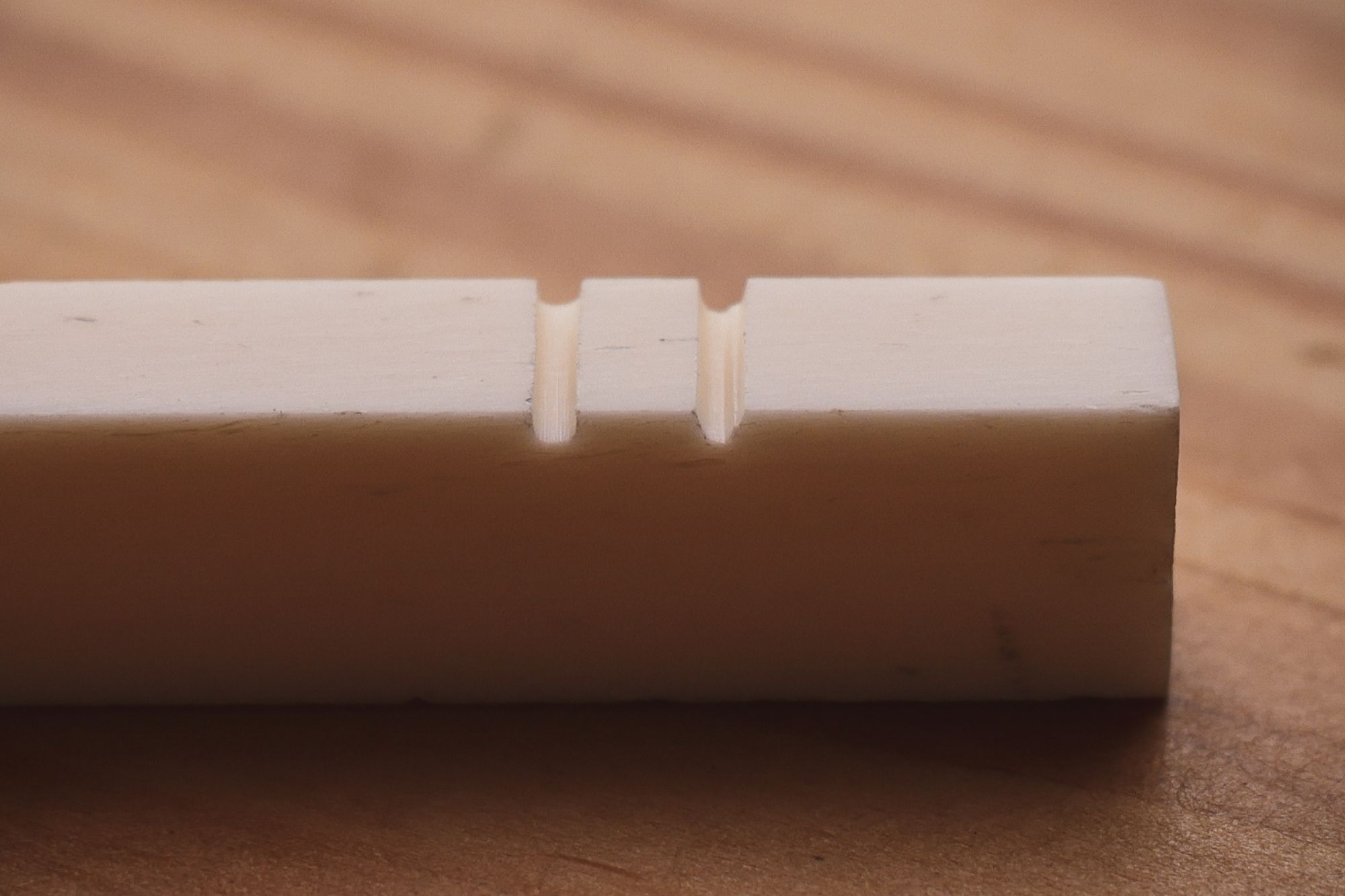
3. Faster Cutting Action
Thanks to the hardness of diamond particles, these tools cut faster, more efficiently, and resist clogging. Whether you’re crowning frets or filing nut slots, you’ll spend less time on each pass while maintaining precise control over every stroke.
Unlike traditional file teeth, which have a distinct grain that can catch or grab if your technique isn’t perfect, diamond abrasives have a random grain structure that provides smoother, more predictable cutting action. This not only speeds up your workflow but also reduces hand fatigue during longer sessions, leading to more consistent results with fewer chances for mistakes.
4. Longer Lifespan, Especially with Hard Materials
If you do a lot of fret crowning or work with stainless steel fret wire, you know how quickly traditional files can dull and wear out.
Diamond-coated tools, on the other hand, are incredibly durable, maintaining their cutting efficiency far longer—even on the toughest materials. While they may have a higher upfront cost, their longevity makes them a smart, cost-effective investment for professional luthiers looking for reliable, long-term performance.
When Traditional Files Still Have a Place
While diamond-coated tools offer significant advantages, traditional files still have their place—especially when it comes to cost. They’re typically much more affordable, making them a budget-friendly choice for beginners or hobbyists just getting started.
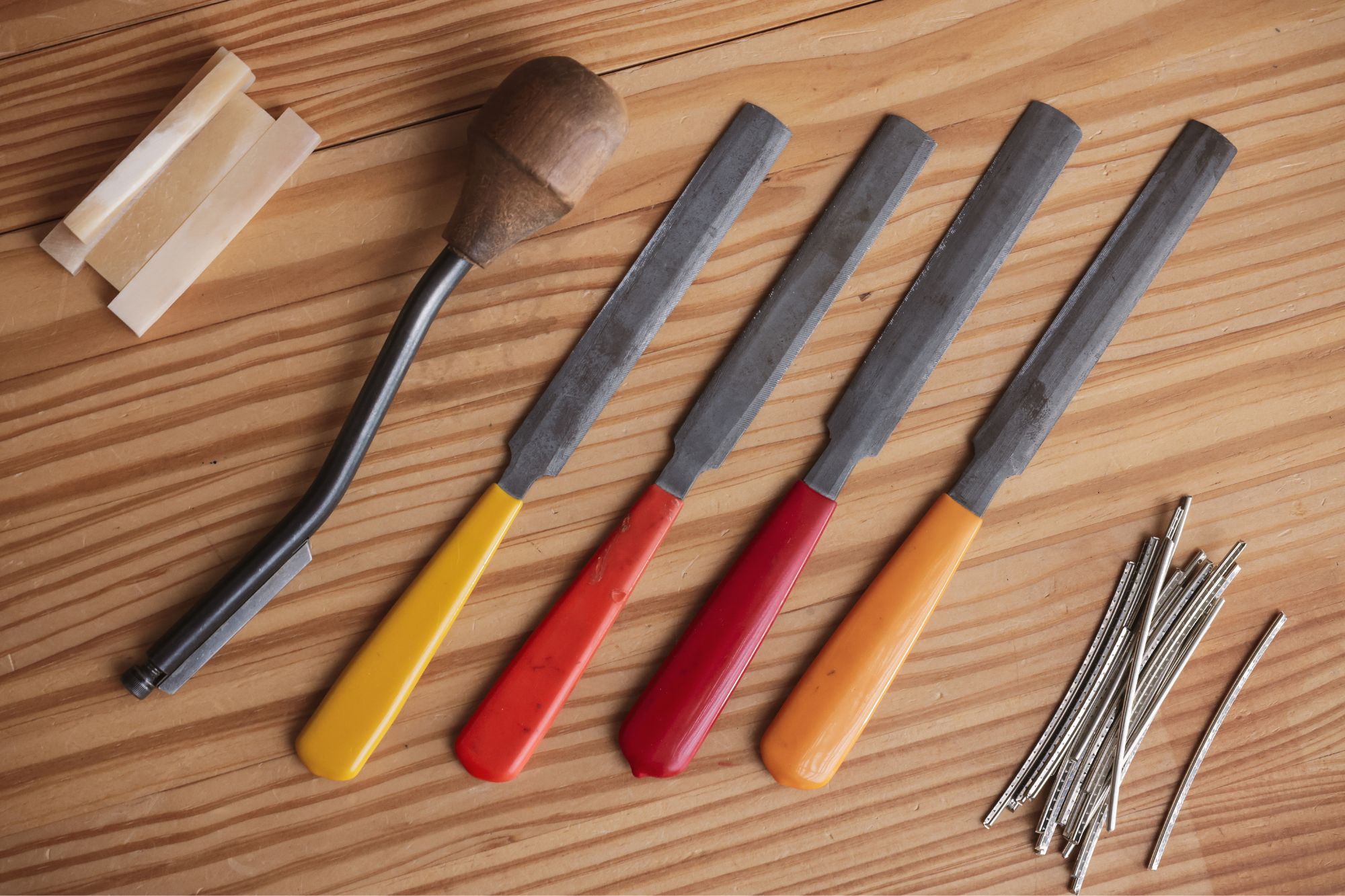
A traditional file can still get the job done effectively if you’re experimenting with new techniques or working on less critical parts.
I used these files for years before I could afford the diamond versions, and they served me well. I just had to take extra steps and use a few tricks—especially when shaping nut slots—to ensure they were properly rounded and smooth for good tuning stability and proper string seating.
My Top Recommended Diamond Files For Luthiers
Over the years, I’ve tested a lot of diamond-coated files, and a few have consistently delivered exceptional performance, durability, and precision. Whether you’re working on fret crowning, nut slotting, or fine-tuning small details, these are the diamond files I personally use and highly recommend.
Best Diamond Fret Crowning Files
- Dual Grit Diamond Fret Crowning File – My go-to file for its versatility and efficiency.
- Round Nose Diamond Fret File – A more traditional shape, though it offers only one grit per file.
- Offset Diamond Fret File – The first diamond file I ever used, and still a solid option.
- Z-File Fret Crowning File – Excellent for beginners, providing easy and consistent results.
- S-File Fret Crowning File – My top pick for beginners due to its round cutting surface, making it easy to use.
Best Diamond Nut Slotting Files
A well-shaped nut slot is essential for stable tuning and proper string seating. These diamond nut slotting files simplify the process, helping you achieve precise, consistent results with speed and with ease.
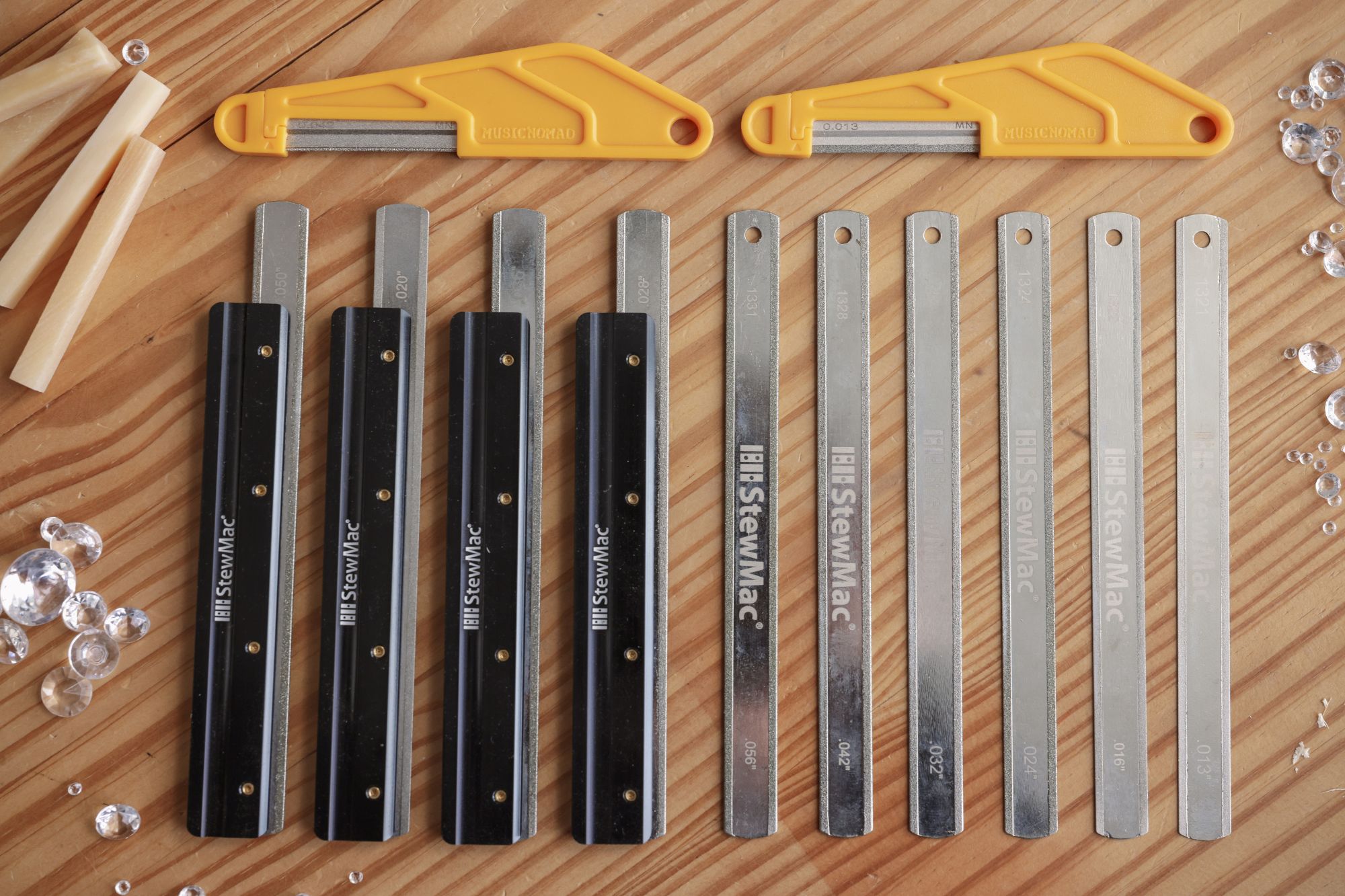
Below is a list of my favorite nut slotting files and accessories, along with a few personal notes about each. Also, remember that you can download my Ultimate Guide To Luthier Tools for more types of files and for every other tool I recommend for guitar making and repair.
- DiamondCut™ Nut Slotting Files – Acoustic Guitar – Hands down the best—I love these files!
- DiamondCut™ Nut Slotting Files – Electric Guitar – The same as above but gauged for electric guitars.
- DiamondCut™ Nut Slotting Files – Full Range of Gauges – Ideal for building your collection gradually or customizing as needed.
- Nut File Backers – Not essential, but useful, especially for the thinner files.
- Music Nomad Diamond Nut Files – A budget-friendly option that still performs exceptionally well.
Other Essential Diamond Files for Precision Work
- StewMac Fret Kisser – Great for spot-leveling high frets without affecting surrounding areas.
- Understring Fret Dressing Files – Ideal for detailed fretwork without needing to remove the strings.
- Diamond Fret End File – A bit large for my preference, but it provides an incredibly smooth cut that’s easy to polish.
Want to Dive Deeper?
- Ultimate Guide to Fretwire – Learn everything about fret materials, sizes, and installation techniques.
- Ultimate Guide to Fret-Crowning Files – A deep dive into the tools and methods for perfect fret crowning.
- Ultimate Guide to Guitar Nut and Saddle Materials – Understand how different materials impact tone and playability.
- Fretwork Mastery Part 2 – Luthier’s EDGE Course – For those looking to take their fretwork skills to the next level with advanced techniques and personal guidance.
Final Thoughts
The tools you use play a crucial role in both the quality of your work and the ease of the process. But even if you don’t have the best tools, you can still achieve great results by honing your skills, refining your techniques, and learning to work with what you have.
In fact, mastering your craft with basic tools will make you an even better luthier in the long run. Then, when you finally upgrade to high-quality tools like diamond-coated files, you’ll be able to take full advantage of their precision and efficiency to push your craftsmanship even further.
For me, these diamond files have been game-changers, helping me create cleaner, more precise fretwork and nut slots while saving time and effort. I hope this guide helps you experience the same benefits in your own lutherie journey.
If you’ve tried any of these tools or have a personal favorite, I’d love to hear about your experience. And if you have any questions, feel free to reach out—I’m always happy to help,

